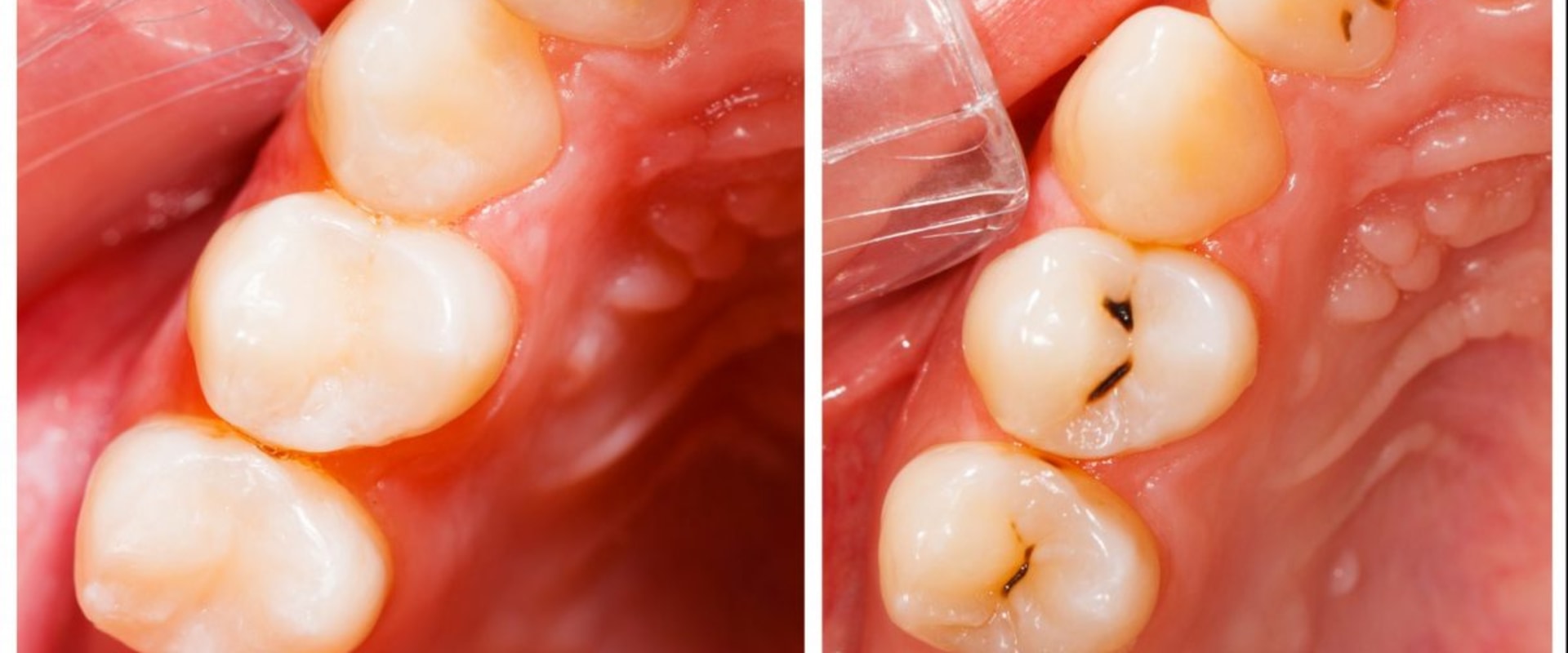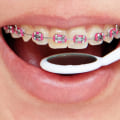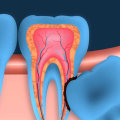If your teeth are missing, decayed, weakened, or fractured, you may need a dental restoration from A+ Family Dentistry in San Diego, California. Examples of dental restorations include fillings, crowns, implants, bridges and dentures. The first procedures most people who hear the term “dental restoration” think of are implants, bridges, and crowns from A+ Family Dentistry in San Diego, California. Not many people consider a filling from A+ Family Dentistry in San Diego, California to be a restorative option.
However, general dentistry in San Diego, California offers fillings, especially composite fillings, as one of the most common and versatile restorative solutions for more problems than just cavities. Fillings come in several different types of materials and can be used for multiple purposes. Simply put, restorative dentistry involves any dental process that focuses on repairing or restoring damaged oral structures. This can include procedures such as fillings, bridges, and implants, among many other services. However, it's important to note that restorative dentistry doesn't include procedures that are considered cosmetic, such as veneers or whitening services. However, general dentistry in San Diego, California offers fillings, especially composite fillings, as one of the most common and versatile restorative solutions for more problems than just cavities. Fillings come in several different types of materials and can be used for multiple purposes. Simply put, restorative dentistry involves any dental process that focuses on repairing or restoring damaged oral structures. This can include procedures such as fillings, bridges, and implants, among many other services. However, it's important to note that restorative dentistry doesn't include procedures that are considered cosmetic, such as veneers or whitening services.
A dental filling restoration restores the function and shape of missing tooth structure due to decay or other damage. Fillings can be made of several types of materials. In previous decades, dentists used metals such as gold or silver amalgam to fill damaged teeth. In recent years, ceramics, porcelain, or composite resin have become more common.
These mix with the tooth and do not protrude in the same way as metal fillings. Direct restorations are dental procedures performed inside the mouth, such as dental fillings. According to WebMD, to treat tooth decay, the dentist will remove the decayed part of the tooth and then fill in the area of the tooth where the decayed material was removed. Other examples of direct restorations include dental extractions and root canals, as they are also dental procedures that are also performed directly in the patient's mouth.








